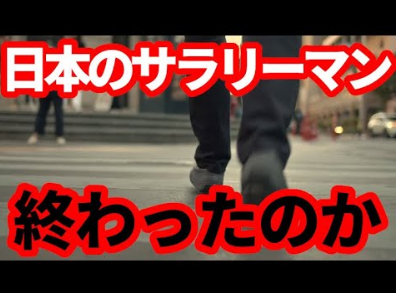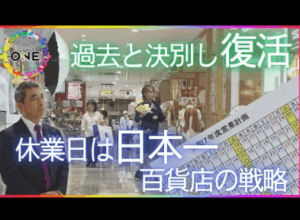【Shigeo’s Review】
This video discusses the current situation of salarymen in Japan and the changing attitudes of young people, told from a very realistic perspective that many viewers will be able to relate to.
Particularly impressive is the way the video uses specific figures and historical background to carefully explain the reality that the salaryman lifestyle is no longer as attractive as it used to be, starting with a conversation with his junior high school son.
First, as pointed out in the video, the average annual salaryman’s income in Japan is expected to remain almost flat, at approximately 4.6 million yen as of 2023.
In contrast, prices and living costs are rising, so it is clear that the real standard of living is declining.
In particular, by showing specific examples (e.g., Disneyland ticket prices) of the decline in the quality and quantity of entertainment and leisure time that can be enjoyed with the same annual income compared to the bubble period, viewers can easily understand the situation from a sensory perspective.
The decline in the popularity of salaried workers is also largely due to the fact that freelancing and entrepreneurship have become more accessible than before, thanks to the widespread use of the Internet and social networking services.
While there is a growing yearning and expectation to start one’s own business and work freely, the reality is that salarymen have limited income and job interest along with the collapse of seniority and lifetime employment, which explains why more and more young people are saying, “I don’t want to be a salaryman. On the one hand, the video shows that young people do not want to become salaried workers.
On the other hand, the video also calmly evaluates the advantages of working as a salaried worker.
Participation in large-scale projects that can only be experienced by working for a large company, meeting a diverse range of people, and having a stable foundation with benefits and other benefits are attractions that cannot be ignored.
This is especially effective for growth and gaining experience in the early stages of one’s career, and I like the balanced viewpoint that “it is also meaningful to first gain experience at a company rather than going solely freelance from the start.
Furthermore, the report touches on issues unique to the Japanese work environment, such as the problem of restrictions on layoffs and the immaturity of the job market, and points out realistically that unless these issues are improved, sudden layoffs will only cause suffering for young people.
The message that young people need to think about their career development and working styles based on a proper consideration of these problems in the social structure is persuasive.
Overall, this video is not a mere “denialism against salaried workers,” but a good opportunity to think about various ways of working based on realistic social backgrounds and individual options.
I found the content to be very supportive, especially for the younger generation and students, as it conveyed a desire for them to think proactively about their own futures.
However, although the risks and difficulties of freelancing and starting a business were touched on, if there were more in-depth explanations of specific measures and success stories, the advice might have been more valuable as practical advice.
Nevertheless, it is a very useful video in that it summarizes the changes in Japanese society as a whole and the changing attitudes of young people in an easy-to-understand manner.
As mentioned above, this video provides a multifaceted analysis of the current state of the Japanese work environment and the career attitudes of young people, and offers food for thought for a wide range of audiences.
It is a film that gives us hope that such discussions will become more active in the future, and that society will become more accepting of diverse ways of working.





